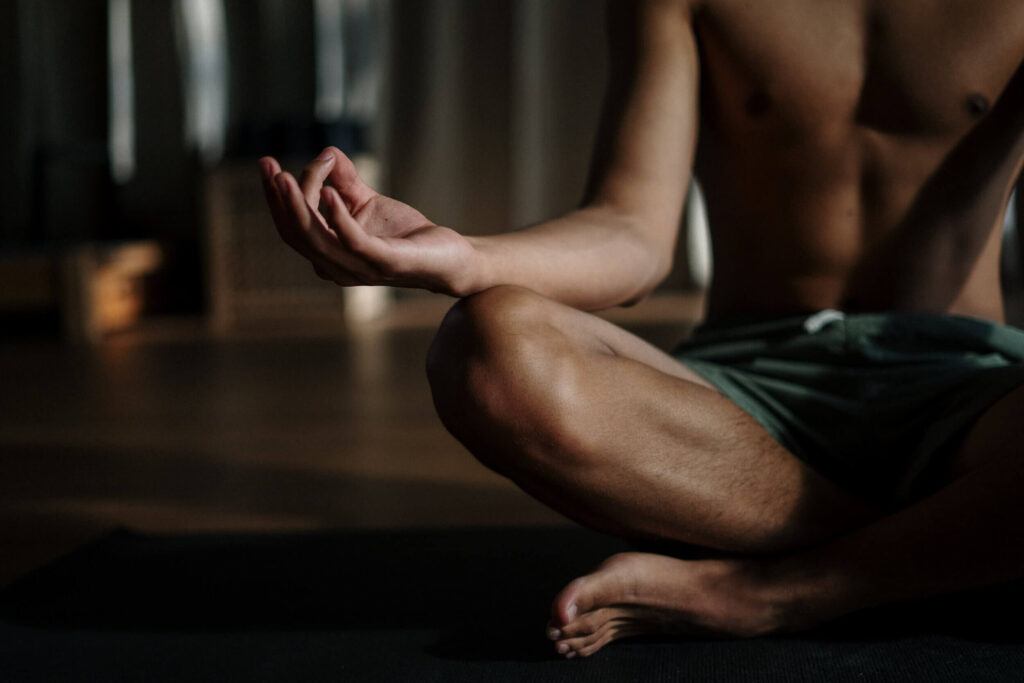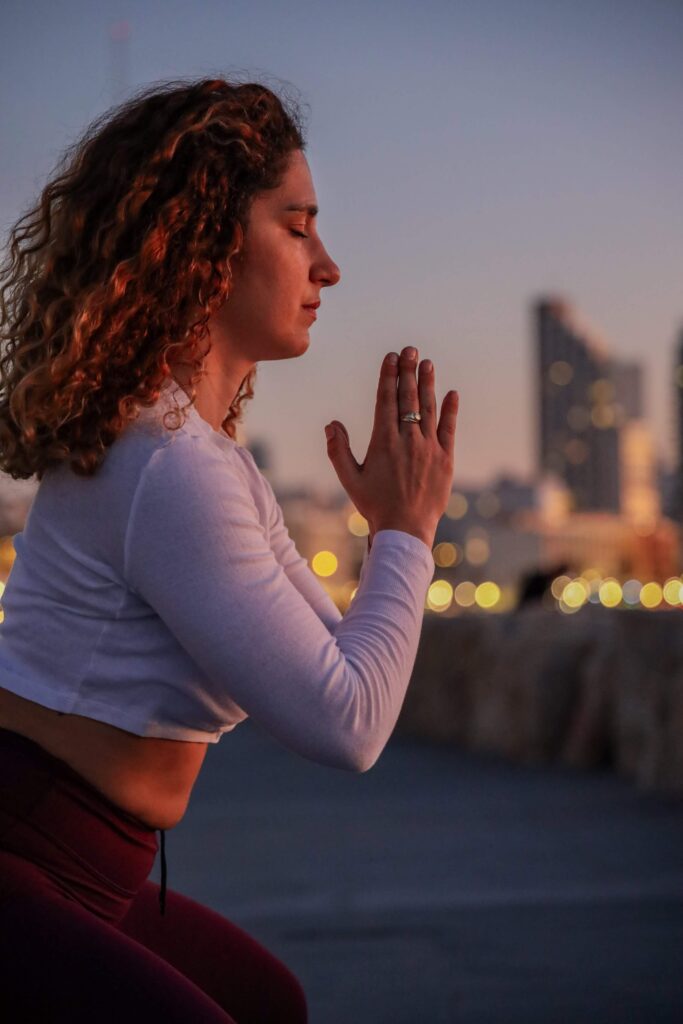When confronted with uncomfortable emotions of others like anger, nervousness or panic, the advice that is generously doled out most often is ‘Take a deep breath.’ But what is breathing really?
What is conscious breathing?
An individual who practices conscious breathing develops a soft awareness of their breath as it moves through their body. In order to engage more deeply with life, you can cultivate a sense of calm and presence through this practice
Anatomy of the breathing cycle
In common parlance, respiration is synonymous with breathing. But in medical diction, breathing is only a part of the four constituents of respiration. The other parts would be gas diffusion, gas transport and regulation. These segments collectively make the respiratory system situated inside the thoracic or chest cavity, with the airways offering a passage to the lungs. The nose, nasopharynx, larynx, trachea, bronchi, bronchiles, terminal bronchioles comprise these airways. Breathing is defined as pulmonary ventilation the movement of air between the atmosphere and the lung alveoli or the air sacs in lungs resembling balloons When air travels to the lungs, the process is called inspiration and when it moves out of the lungs, the action is termed as expiration. The respiratory centre resides in the brain stem. The thoracic cage, the diaphragm and other muscles are also roped in this course of ventilation.
How does our body control breathing?
We breathe on autopilot mode. It does not require thought. The parasympathetic nervous system slows down your rate of breath and the sympathetic nervous system increases it. The brain manages this breathing rate depending on your body’s oxygen requirement.
But compared to other functions such as digestion or cardiovascular activity breathing can be regulated voluntarily. The behavioural or voluntary control of breathing is located in the motor and pre-motor cortex of the brain. It alludes to breathing with conscious control, – a self-initiated change in breathing before vigorous exertion or effort.
Speaking, singing and playing some instruments such as the clarinet, flute, saxophone, trumpet etc are good examples of behavioural control of breathing. Stress and emotions also play a large role in the behavioural control of breathing. The main difference between voluntary and involuntary (metabolic) breathing is that the latter requires no attention whereas voluntary breathing is all about directing awareness to the breath. There is growing scientific evidence of the many benefits of voluntary breathing.

Five Conscious Breathing Benefits
Before we dive into the benefits, let’s look at what history tells us. As early as the first millennium BCE, many cultures assigned eminence to breathe, be it China’s Taoist breathing or the practice of Pranayama dating back to ancient India. Western civilisation too later acknowledged the boons of modulated breathing.
So what does science tell us about the benefits of conscious breathing?
Stress
Researchers suggest that the yogic practice of breath regulation, ‘pranayama’ can improve the stress response in healthy young adults by regulating the nervous system. -In a study, individuals who practised pranayama experienced less anxiety before taking a test. This was attributed to increased oxygen uptake during conscious breath regulation. Belisa Vranich, a psychologist and author of the book Breathe says, “Conscious breathing is meditation for people who can’t meditate.”
A Boston University study (2016) measured the effect of daily yoga and breathing on people who were diagnosed with a major depressive disorder. There was a significant decline in their depressive symptoms along with a corresponding increase in a brain chemical with anti-anxiety effects after 12 weeks of regular yoga and conscious breathing. The researchers concluded that coherent breathing could produce effects akin to antidepressants.
Immune System
A study conducted at the Medical University of South Carolina showed that coherent breathing was associated with lower levels of cytokines involved in inflammation and stress. It can influence the immune system by lowering blood pressure and cortisol, the stress hormone as well as increasing arterial blood flow. Research suggests that breathing exercises can alter the pH of the blood or change blood pressure.
Sleep
The stress-relieving effects of conscious and controlled breathing may also help you sleep better. Studies suggest that breathing techniques slow down breathing and heart rate when practised for as little as 5 minutes. The techniques were also found to improve sleep quality in people with obstructive sleep apnea. Practising breath control decreased snoring and daytime sleepiness, indicating the benefits of quality rest. A growing number of studies reflect that breathing techniques are effective against insomnia.
Mindfulness
During conscious breathing, the awareness is focused on the breath and how it feels. You practice being anchored in the present moment, instead of the past or future and acknowledging your thoughts like clouds flitting in the sky, in a non-judgmental fashion. This is known as mindfulness.
It was observed that students who practised conscious breathing displayed increased levels of mindfulness than the students who didn’t. The same students also displayed better levels of emotional regulation. Researchers have also mentioned that breath regulation -raised oxygen concentration, fuelling brain cells. This may contribute to mindfulness by improving focus and concentration.
Enhances cognitive performance
Conscious breathing could also enhance your brain function. It was found that 12 weeks of slow or fast conscious breathing improved executive function which includes your working memory, cognitive flexibility, and reasoning skills.
Athletes have been known to use various breathing techniques to enhance their performance, stay mindful and reduce anxiety during their matches. Know the benefits of deep breathing and lower blood sugar

Four Conscious Breathing Techniques
Here are some breathing techniques that are proven to be beneficial. Some of them are recommended as guided breathing practices.
Bhramari (humming bee) breathing
Bhramari Pranayama or Bee Breath is a humming breath practice. It’s named after the black bumblebee in India.
Breathe through both nostrils, keeping your lips closed. Inhale silently and then exhale making a humming sound (like a bee). Allow your lips and face to vibrate with your exhales. If you want to deepen this exercise, cover your ears and eyes with your fingers for the ultimate sensory withdrawal. Continue for as long as you like up to half an hour.
Long exhale breathing
Slow controlled breathing with long exhales moves the nervous system away from the fight-or-flight mode and towards rest-and-digest by activating the parasympathetic nervous system. It happens due to the vagus nerve stimulation: during inhalation, the sympathetic nervous system facilitates a brief acceleration of heart rate; during exhalation, the vagus nerve secretes a transmitter substance (acetylcholine, or ACh) causing deceleration within beat-to-beat intervals. The Long Exhale technique improves heart rate variability (HRV) metrics and positively affects decision-making.
Lay on your back with your knees bent and your feet flat. Place one hand on your abdomen and take a few relaxed breaths. Lengthen out the inhalation and exhalation until they’re of equal length and progressively increase the length of your exhale until you have a 1:2 ratio. Continue for 5-10 minutes.
Diaphragmatic Breathing
Diaphragmatic breathing, or “belly breathing,” involves fully engaging the stomach, abdominal muscles, and diaphragm when breathing. This means actively pulling the diaphragm down with each inward breath. In this way, diaphragmatic breathing helps the lungs fill more efficiently.
Sit upright in a chair with your back supported or lie on the floor with your knees bent. Close your eyes and focus on your breath, ensuring your shoulders draw away from your ears. Place one hand below your belly button and the other on your chest. Breathe in deeply through your nose and allow your abdomen to rise like a balloon being filled. Notice the bottom hand rising and falling with your breath and exhale, slowly allowing your belly to deflate. Repeat for 5-10 minutes. You can also try lying on the floor with your feet pushed up against a wall.
Vinyasa Yoga Flow
Another way to focus your attention and bring yourself back to the present moment is through a combination of movement and breath. This allows you to enhance the benefit of conscious breathing while also burning calories.
Vinyasa is a term used to describe continuous or dynamic movements between yoga poses. This flow of movement is excellent for getting your heart rate going and working up a sweat. Vinyasa can also help increase flexibility, strength, stability, calmness, and focus.
The synchronising of physical movement with your breath in hatha yoga is called vinyasa. This technique allows you to create a deeper awareness through a rhythmic moving meditation while practising yoga.
Increase your flexibility, strength and aerobic capacity with this powerful Vinyasa flow yoga series on Ultrahuman. Laruga Glaser takes you through 16-Full length flow-based classes, teaching you various Vinyasa sequences to achieve flexibility, stability and strengthen your overall body. This series is designed to increase lung capacity, improve body posture, bring your energy levels up and help you lose weight.
Conclusion
Conscious breathing is known to have various cognitive, emotional and performance benefits. Thinking of each breath as a gift is a healthy perspective to carry into your wellness regimen.
References
- https://www.kenhub.com/en/library/anatomy/anatomy-of-breathing
- https://www.yogajournal.com/yoga-101/science-breathing/
- https://www.ncbi.nlm.nih.gov/pmc/articles/PMC6137615/
- https://www.scientificamerican.com/article/proper-breathing-brings-better-health/
- https://www.nytimes.com/2016/11/09/well/mind/breathe-exhale-repeat-the-benefits-of-controlled-breathing.html








